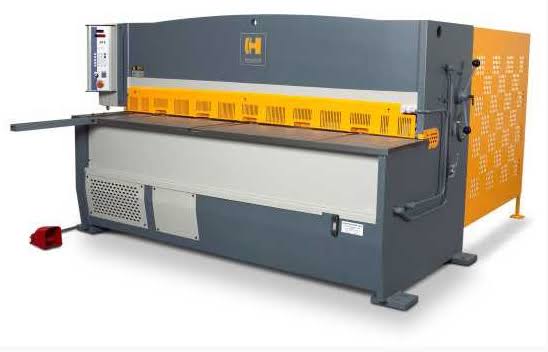
Sheet metal fabrication
is a manufacturing process of turning metal sheets into the desired metal
structure by cutting, bending, punching, and assembling processes. It is used
for the creation of machines, parts, and structures from various raw materials
through material removal and/or material deformation. A raw metal sheet can be
bent, cut, or stretched into nearly any shape using different metal fabrication
processes which are generally done by cutting and burning the metal.
A typical Sheet
Metal Fabrication Process involves
steps that include designing, blank-cutting, punching, bending, assembly,
finishing, quality control, and packing. The four basic techniques that a
metal fabricator used while working on a project to get work done are:
Bending
Metal:
Form bending and metal brake
are the two methods used by a metal fabricator for the purpose of bending. Form
bending is done by bending the metal over a shape or an edge with a hammer
while the metal brake technique is used for more precise bending of the metal. The
machine which is generally used to perform the metal bending task is called
Press Brake.
Cutting Metal:
The cutting process
involves hand shears, power shears, throat less shears, angle grinders, and
plasma cutting techniques. Hand shears are used to manually cut metal sheet while
the power shears allow you to cut sheet metal quickly and with less effort. Throat
less shears are designed to cut straight lines or shapes in metal without
marring edges. Electric angle grinders and plasma cutters can cut sheet metal
quickly while maintaining a high level of accuracy and require very little
cleanup.
Shrinking
Metal:
The Shrinking metal
process used to remove small dents in which the direct damage isn’t severely
stretched. This process involves techniques that include tucking metal, shrinker,
and heat shrinking.
Stretching
Metal:
This process is used to
pull metal apart using a hammer and dolly, a stretcher, and an English wheel. Stretching
metal causes the metal to increase in surface area and ultimately stretch as
desired. This process can also be used to smooth out imperfections in the
metal.
Standard metal
fabrication materials utilized in the process are Carbon Steel, Stainless
Steel, Aluminium, Nickel Alloys, Brass, Copper, Bronze, Tin, and
Magnesium. These raw metal sheet stocks
are converted into products that include cages, cabinets, brackets, covers,
manifolds, vent hoods, medical parts, appliances components, and other machine
parts. The whole metal fabrication process serves industries like electronics,
medical devices, telecommunications, automobiles, electrical appliances,
computers, and other industrial equipment.
Sheet metal fabrication process is used to make different
machine tools, metal boxes, containers and other industrial equipment for a
variety of industries. If you are looking for sheet metal fabrication in China who can handle your large-scale commercial
job, you can easily find many sheet metal fabricator companies. These companies
offer years of industrial experience, highest quality service and the products
that fulfill the needs of your business type.
















